Home>Furniture & Design>Outdoor Furniture>What To Seal Outdoor Wood Furniture With
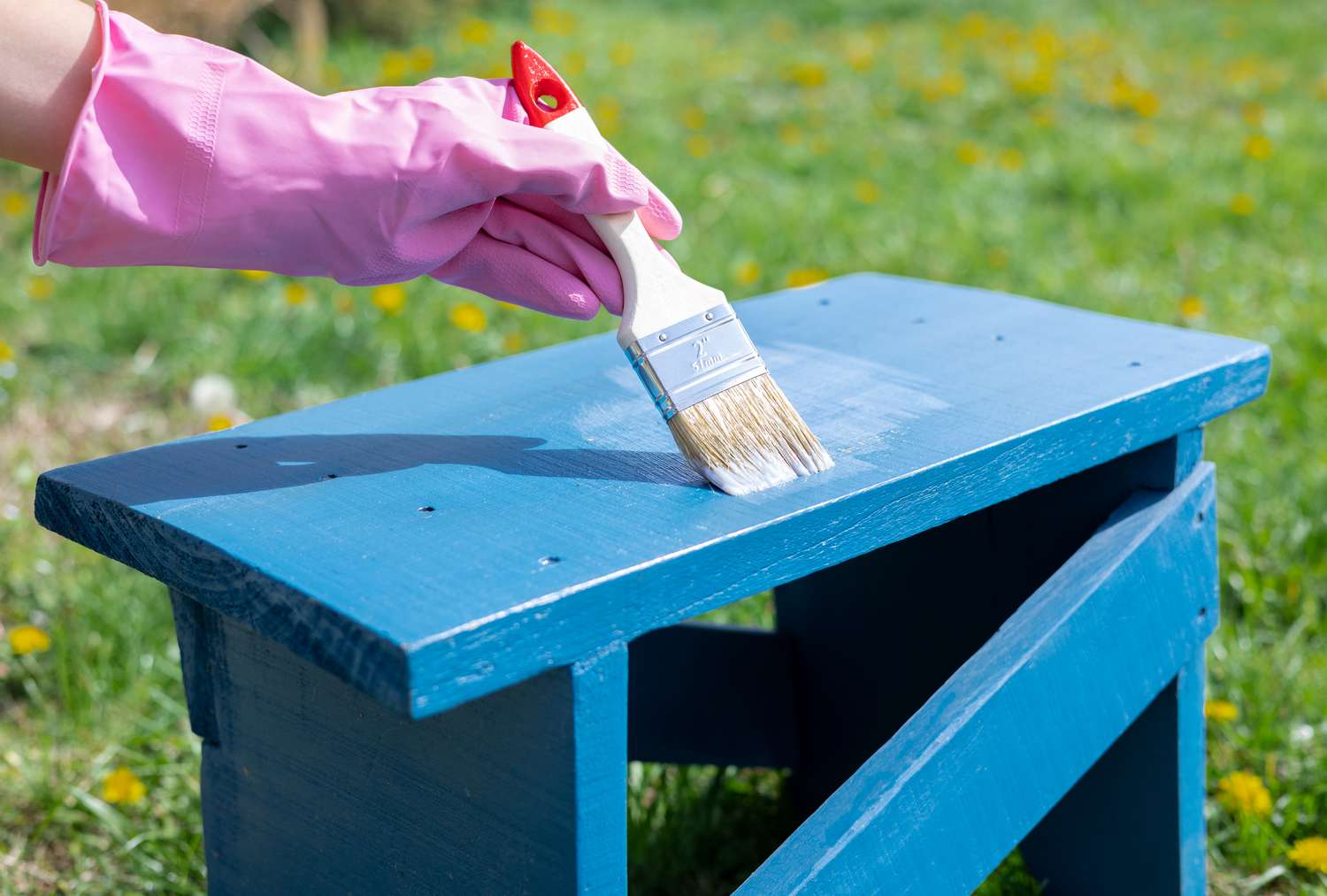

Outdoor Furniture
What To Seal Outdoor Wood Furniture With
Modified: February 26, 2024
Protect your outdoor wood furniture with the best sealant. Find out the ideal options for sealing and preserving your outdoor furniture.
(Many of the links in this article redirect to a specific reviewed product. Your purchase of these products through affiliate links helps to generate commission for Storables.com, at no extra cost. Learn more)
Introduction
Welcome to the world of outdoor living, where the beauty of nature meets the comfort of well-designed furniture. Whether it's a cozy patio, a sprawling deck, or a charming garden nook, outdoor wood furniture adds a touch of warmth and elegance to any outdoor space. However, to ensure that your outdoor wood furniture remains in top-notch condition for years to come, proper maintenance is essential. One crucial aspect of this maintenance is sealing the wood to protect it from the elements.
In this comprehensive guide, we will delve into the art of sealing outdoor wood furniture. From understanding the importance of sealing to exploring the various types of sealants available, we will equip you with the knowledge and insights needed to preserve and enhance the beauty of your outdoor furniture. Additionally, we will walk you through the step-by-step process of preparing and sealing your outdoor wood furniture, ensuring that you achieve professional-quality results.
So, whether you're a seasoned outdoor enthusiast or a newcomer to the world of outdoor furniture and design, join us on this journey to discover the secrets of sealing outdoor wood furniture. Let's embark on this adventure together and unlock the potential of your outdoor living space!
Key Takeaways:
- Protect outdoor wood furniture from the elements by sealing it with the right sealant. This preserves its natural beauty and extends its lifespan, creating a welcoming outdoor sanctuary.
- Regular cleaning and proactive maintenance are essential for preserving the beauty and durability of sealed outdoor wood furniture. Embrace the art of sealing to create enduring outdoor elegance.
Read more: How To Seal Outdoor Furniture
Understanding the Importance of Sealing Outdoor Wood Furniture
Outdoor wood furniture is exposed to a wide range of environmental factors, including sunlight, moisture, and temperature fluctuations. Without proper protection, these elements can take a toll on the wood, leading to issues such as warping, cracking, and discoloration. This is where the importance of sealing outdoor wood furniture comes into play.
Sealing outdoor wood furniture serves as a shield against nature’s relentless forces. It creates a protective barrier that helps prevent moisture from seeping into the wood, thereby reducing the risk of rot, mold, and decay. Additionally, sealing the wood helps to minimize the damaging effects of UV rays, which can cause the wood to fade and deteriorate over time.
Furthermore, sealing outdoor wood furniture can enhance its natural beauty and longevity. By sealing the wood, you can preserve its original color and grain, showcasing the unique character of the material. This not only adds aesthetic appeal to your outdoor space but also prolongs the lifespan of the furniture, allowing you to enjoy its beauty for years to come.
Another crucial aspect of sealing outdoor wood furniture is the protection it provides against stains and spills. A quality sealant forms a protective layer that makes the wood easier to clean and maintain, ensuring that accidental spills or outdoor mishaps don’t leave a lasting mark on your furniture.
Ultimately, by understanding the importance of sealing outdoor wood furniture, you empower yourself to safeguard your investment and elevate the overall outdoor experience. With the right sealant, you can protect your outdoor wood furniture from the elements while preserving its natural allure, creating a welcoming and enduring outdoor sanctuary.
Types of Sealants for Outdoor Wood Furniture
When it comes to sealing outdoor wood furniture, choosing the right sealant is paramount to achieving optimal protection and longevity. There are several types of sealants available, each with its unique characteristics and benefits. Understanding the differences between these sealants can help you make an informed decision based on your specific needs and preferences.
1. Oil-Based Sealants: Oil-based sealants, such as tung oil or linseed oil, penetrate the wood to provide deep nourishment and protection. They enhance the natural beauty of the wood, highlighting its grain and color. Oil-based sealants are relatively easy to apply and are ideal for woods like teak, cedar, and mahogany.
2. Water-Based Sealants: Water-based sealants offer excellent UV protection and are environmentally friendly. They dry quickly and emit fewer fumes than oil-based sealants, making them a popular choice for outdoor furniture. They are available in various finishes, from matte to glossy, allowing you to achieve the desired look for your furniture.
3. Varnishes: Varnishes create a hard, glossy finish that provides robust protection against moisture and UV rays. They are suitable for high-traffic outdoor furniture, such as dining sets and benches. However, varnishes can be prone to cracking and peeling over time, especially in areas with extreme weather conditions.
4. Sealers: Sealers are designed to penetrate the wood and create a moisture-resistant barrier. They are available in clear and tinted options, offering versatility in enhancing the wood’s natural appearance while providing essential protection. Sealers are often used on outdoor wood furniture that is exposed to direct sunlight and moisture.
5. Wood Preservatives: Wood preservatives are specifically formulated to protect against rot, decay, and insect damage. They are ideal for outdoor wood furniture that is in constant contact with the ground, such as picnic tables and Adirondack chairs. Wood preservatives can extend the lifespan of the furniture by preventing structural deterioration.
Before selecting a sealant for your outdoor wood furniture, consider factors such as the wood type, desired finish, and the environmental conditions it will be exposed to. Additionally, always follow the manufacturer’s recommendations for application and maintenance to ensure the best results and long-lasting protection for your outdoor furniture.
How to Prepare Outdoor Wood Furniture for Sealing
Before embarking on the sealing process, proper preparation of the outdoor wood furniture is essential to ensure the best results and long-lasting protection. Here are the key steps to prepare your furniture for sealing:
- Clean the Surface: Begin by thoroughly cleaning the wood surface to remove dirt, dust, and any existing sealant or finish. Use a mild wood cleaner or a solution of water and gentle dish soap, along with a stiff-bristled brush or sponge, to scrub the surface. Rinse the furniture with clean water and allow it to dry completely.
- Remove Stains and Mildew: For stubborn stains or mildew growth, consider using a wood brightener or a solution of oxygen bleach to restore the wood’s natural color and eliminate any discoloration. Follow the manufacturer’s instructions for application and rinsing to avoid damaging the wood.
- Sand the Wood: After the furniture has dried, lightly sand the wood surface to smooth out any rough areas, remove raised wood fibers, and create a uniform texture. Start with a coarse-grit sandpaper and gradually progress to finer grits for a smooth finish. Wipe away the sanding dust with a tack cloth or a damp cloth.
- Apply Wood Conditioner (Optional): If you are working with porous or dry wood, applying a wood conditioner can help ensure that the sealant penetrates evenly and provides consistent protection. Allow the wood conditioner to be absorbed for the recommended time before proceeding to the sealing step.
- Protect Surrounding Areas: If you are sealing the furniture in a designated outdoor space, take precautions to protect the surrounding areas from overspray or drips. Cover nearby plants, surfaces, and other items to prevent accidental damage from the sealant.
By following these preparatory steps, you can create an ideal foundation for the sealing process, allowing the sealant to adhere effectively and provide comprehensive protection for your outdoor wood furniture. Proper preparation not only enhances the durability of the sealant but also contributes to a professional-quality finish that showcases the natural beauty of the wood.
To seal outdoor wood furniture, use a clear outdoor sealant or a marine varnish to protect it from the elements. Make sure to sand and clean the surface before applying the sealant for best results.
Steps to Seal Outdoor Wood Furniture
Sealing outdoor wood furniture is a rewarding process that not only protects the wood from the elements but also enhances its visual appeal. By following these step-by-step instructions, you can achieve professional-quality results and ensure the longevity of your outdoor furniture:
- Choose the Right Conditions: Select a day with moderate temperature and low humidity for the sealing process. Avoid sealing the furniture in direct sunlight or on extremely hot or windy days, as these conditions can affect the application and drying of the sealant.
- Select the Appropriate Sealant: Based on the type of wood and the desired finish, choose a high-quality sealant that is specifically formulated for outdoor use. Consider factors such as UV protection, moisture resistance, and ease of application when selecting the sealant.
- Apply the Sealant: Using a natural-bristle brush, foam brush, or a clean, lint-free cloth, apply a thin and even coat of the sealant to the wood surface. Work in the direction of the wood grain to ensure uniform coverage. Pay special attention to any intricate details or hard-to-reach areas.
- Allow for Absorption: Let the first coat of sealant absorb into the wood for the recommended time as per the manufacturer’s instructions. This allows the sealant to penetrate the wood fibers and create a strong bond for enhanced protection.
- Apply Additional Coats (If Needed): Depending on the type of sealant and the level of protection desired, apply additional coats of sealant following the same method as the first coat. Multiple thin coats are often more effective than a single thick coat, as they allow for better penetration and adhesion.
- Smooth the Finish (Optional): If a smooth, satin, or glossy finish is desired, lightly sand the sealed surface between coats using fine-grit sandpaper. This helps to remove any raised wood fibers or imperfections, resulting in a sleek and uniform finish.
- Allow for Proper Drying: After the final coat of sealant has been applied, allow the furniture to dry in a well-ventilated area for the specified drying time. Avoid placing objects on the furniture or exposing it to moisture until the sealant has fully cured.
By following these steps, you can seal your outdoor wood furniture with precision and care, ensuring that it is shielded from the elements while exuding a beautiful, natural luster. The sealing process not only protects the wood but also accentuates its inherent charm, creating a stunning focal point for your outdoor living space.
Read more: What Wood Is Best For Outdoor Furniture?
Maintenance Tips for Sealed Outdoor Wood Furniture
Sealing your outdoor wood furniture is a proactive step towards preserving its beauty and durability, but proper maintenance is essential to ensure that it continues to thrive in the outdoor environment. By incorporating the following maintenance tips into your routine, you can prolong the life of your sealed outdoor wood furniture and keep it looking exquisite for years to come:
- Regular Cleaning: Establish a routine for cleaning your sealed outdoor wood furniture to remove dirt, pollen, and other debris that can accumulate over time. Use a mild wood cleaner or a solution of water and gentle dish soap, along with a soft brush or sponge, to gently scrub the surface. Rinse thoroughly and allow the furniture to dry completely.
- Spot Cleaning: Address spills, bird droppings, or other localized stains promptly to prevent them from penetrating the sealant. Blot the affected area with a clean, damp cloth and mild soap, then rinse and dry the spot thoroughly. Avoid using harsh chemicals or abrasive cleaners that can damage the sealant and the wood.
- Inspect for Wear and Damage: Periodically inspect your sealed outdoor wood furniture for signs of wear, peeling, or damage to the sealant. Address any areas that show wear or damage by lightly sanding and reapplying the sealant as needed to maintain the furniture’s protective barrier.
- Protect from the Elements: During inclement weather or extended periods of non-use, consider covering your outdoor wood furniture with breathable, water-resistant furniture covers. This helps shield the furniture from excessive moisture, UV exposure, and debris, extending the life of the sealant and the wood.
- Seasonal Maintenance: At the beginning of each outdoor season, inspect and clean your sealed wood furniture thoroughly. Depending on the wear and exposure, consider applying a fresh coat of sealant to rejuvenate the protective layer and enhance the furniture’s appearance.
- Maintain Proper Drainage: If your outdoor wood furniture is placed on a patio or deck, ensure that proper drainage is maintained to prevent standing water from accumulating around the furniture. Standing water can compromise the sealant and lead to premature deterioration of the wood.
By incorporating these maintenance tips into your care routine, you can uphold the integrity and allure of your sealed outdoor wood furniture. Regular cleaning, prompt spot treatment, and proactive maintenance not only preserve the beauty of the wood but also contribute to a welcoming and enduring outdoor living space that you can enjoy for years to come.
Conclusion
Congratulations on embarking on the journey to discover the art of sealing outdoor wood furniture! By gaining a deeper understanding of the importance of sealing, exploring the various types of sealants, and learning the essential steps for preparation and sealing, you have equipped yourself with the knowledge and confidence to elevate the beauty and longevity of your outdoor furniture.
Sealing outdoor wood furniture is not just a protective measure; it is an expression of care and appreciation for the natural elegance of wood. The process of sealing transforms outdoor furniture into enduring works of art, preserving their allure and character amidst the ever-changing elements of the outdoors.
As you venture into the world of outdoor living, remember that the maintenance of sealed outdoor wood furniture is a labor of love. By integrating regular cleaning, diligent spot treatment, and proactive seasonal maintenance into your routine, you can ensure that your furniture remains a captivating centerpiece of your outdoor sanctuary for years to come.
So, whether you’re savoring quiet moments on your sun-dappled patio or hosting lively gatherings in your garden retreat, your sealed outdoor wood furniture stands as a testament to your dedication to creating a welcoming and enduring outdoor haven.
As you continue to embrace the beauty of outdoor living, may your sealed wood furniture serve as a timeless companion, enriching your outdoor experiences and creating cherished memories for generations to come.
With the knowledge and insights gained from this guide, you are well-prepared to embark on the journey of transforming your outdoor living space into a captivating oasis of comfort and beauty. Seize the opportunity to preserve and enhance the allure of your outdoor wood furniture, and let the art of sealing become an integral part of your outdoor lifestyle.
Frequently Asked Questions about What To Seal Outdoor Wood Furniture With
Was this page helpful?
At Storables.com, we guarantee accurate and reliable information. Our content, validated by Expert Board Contributors, is crafted following stringent Editorial Policies. We're committed to providing you with well-researched, expert-backed insights for all your informational needs.
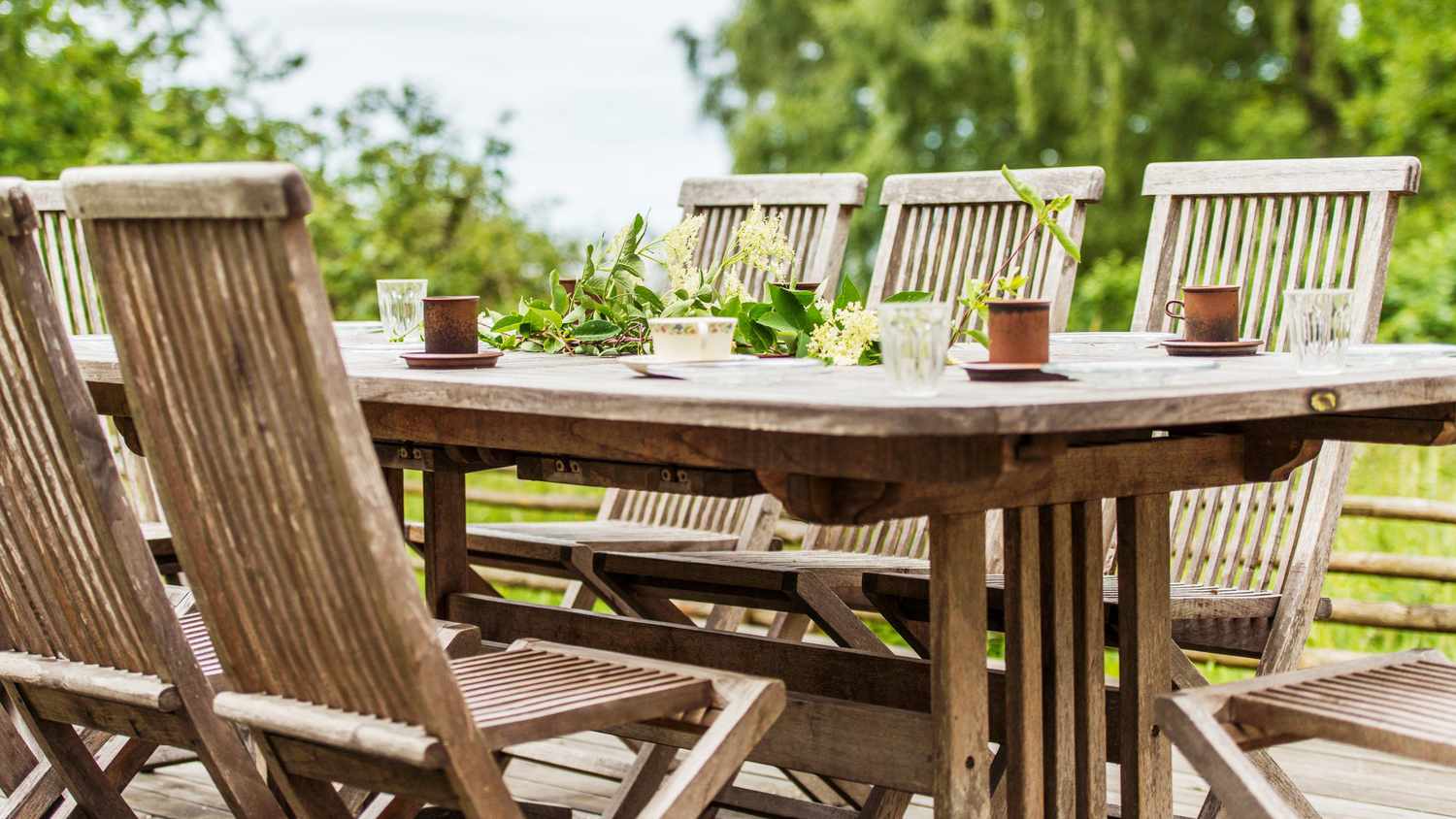
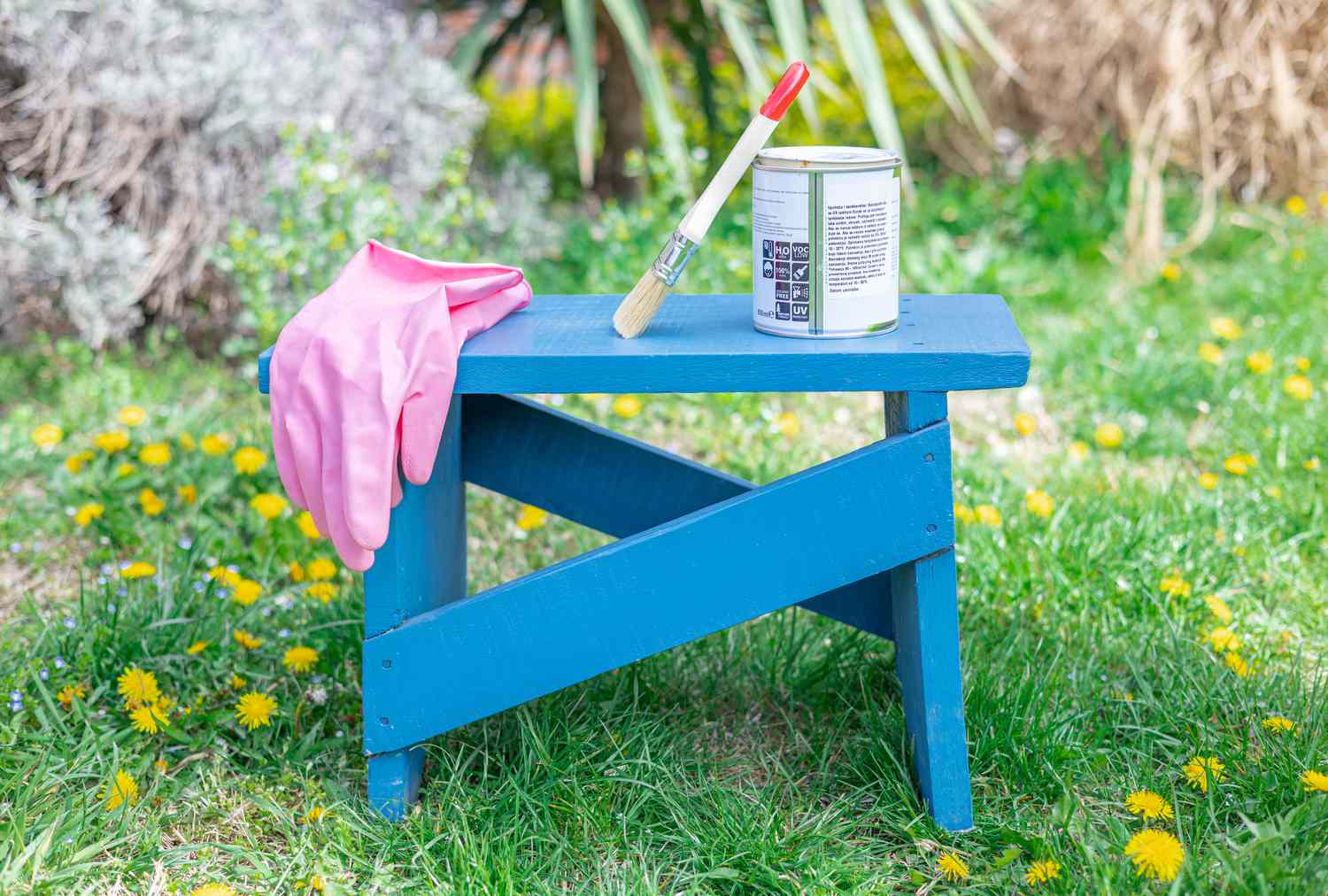
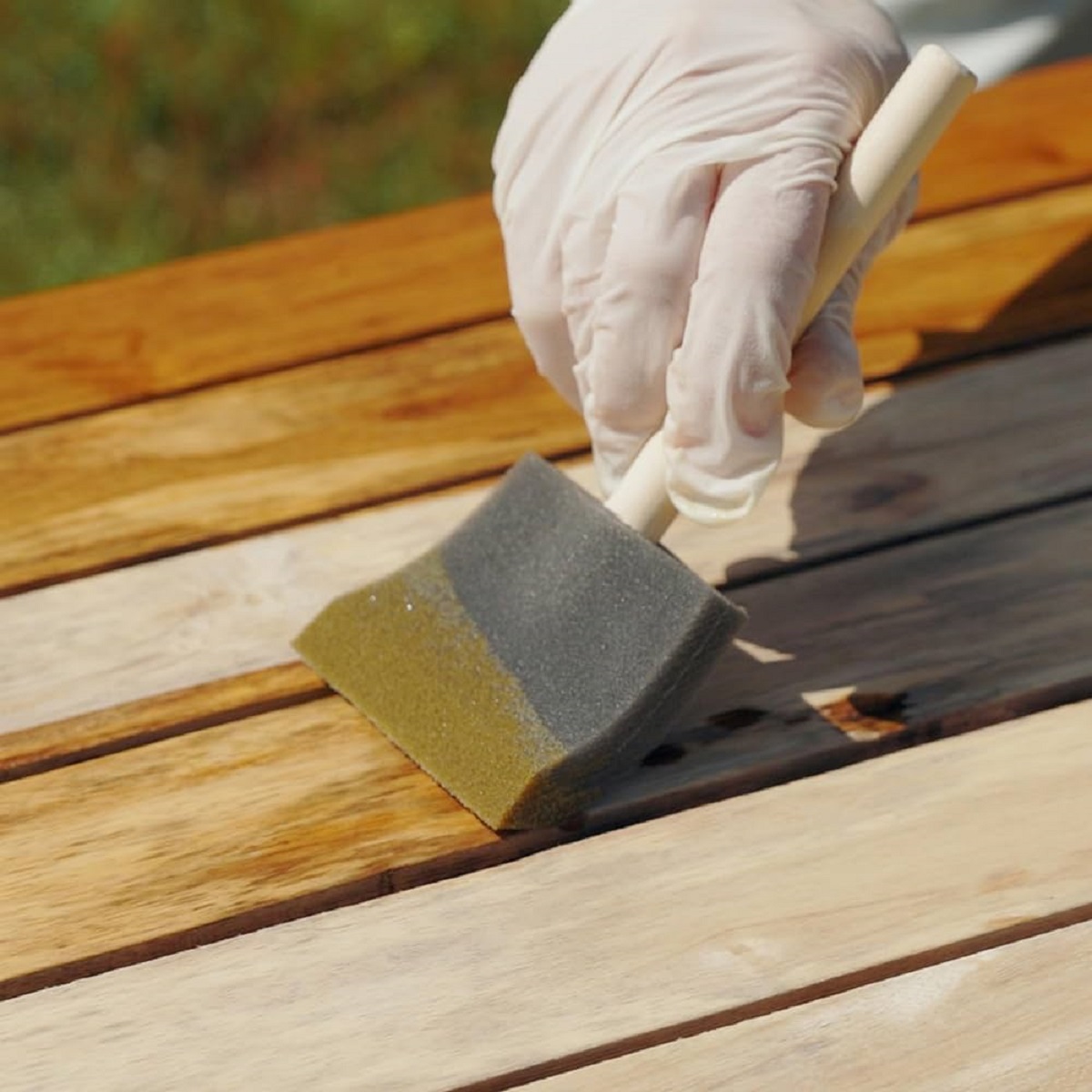
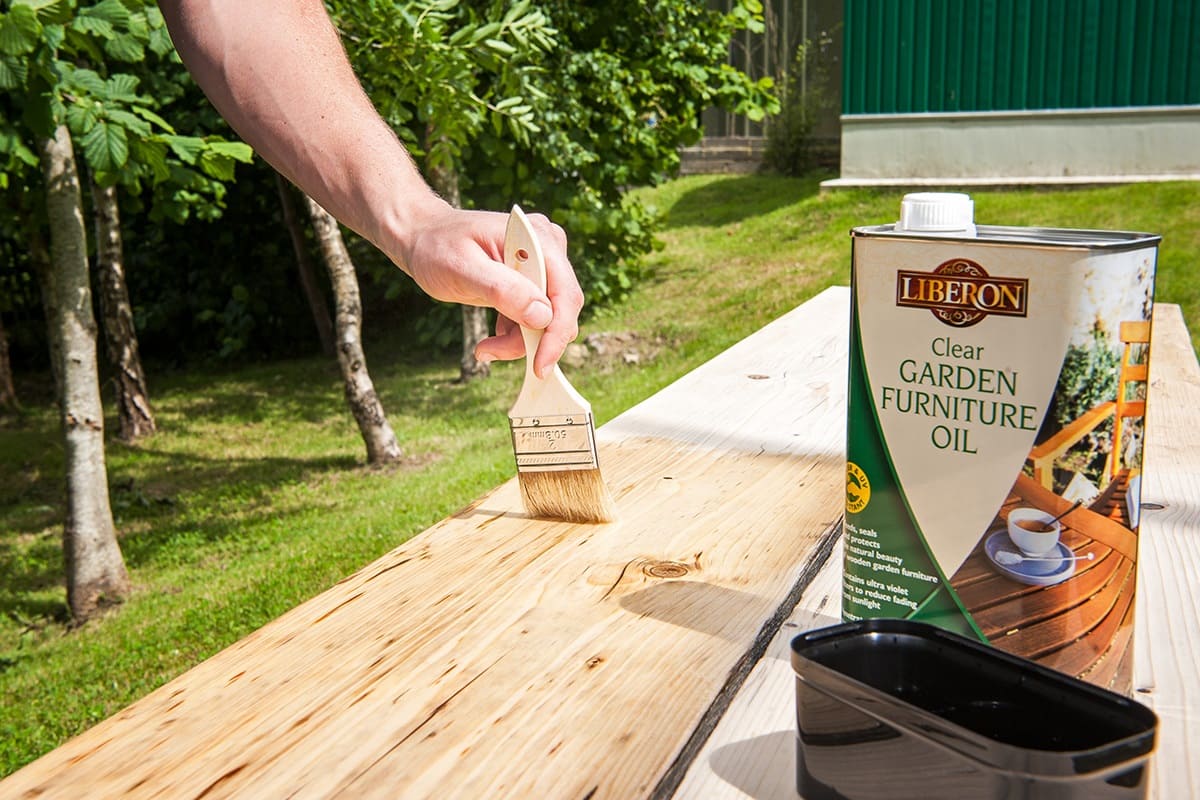
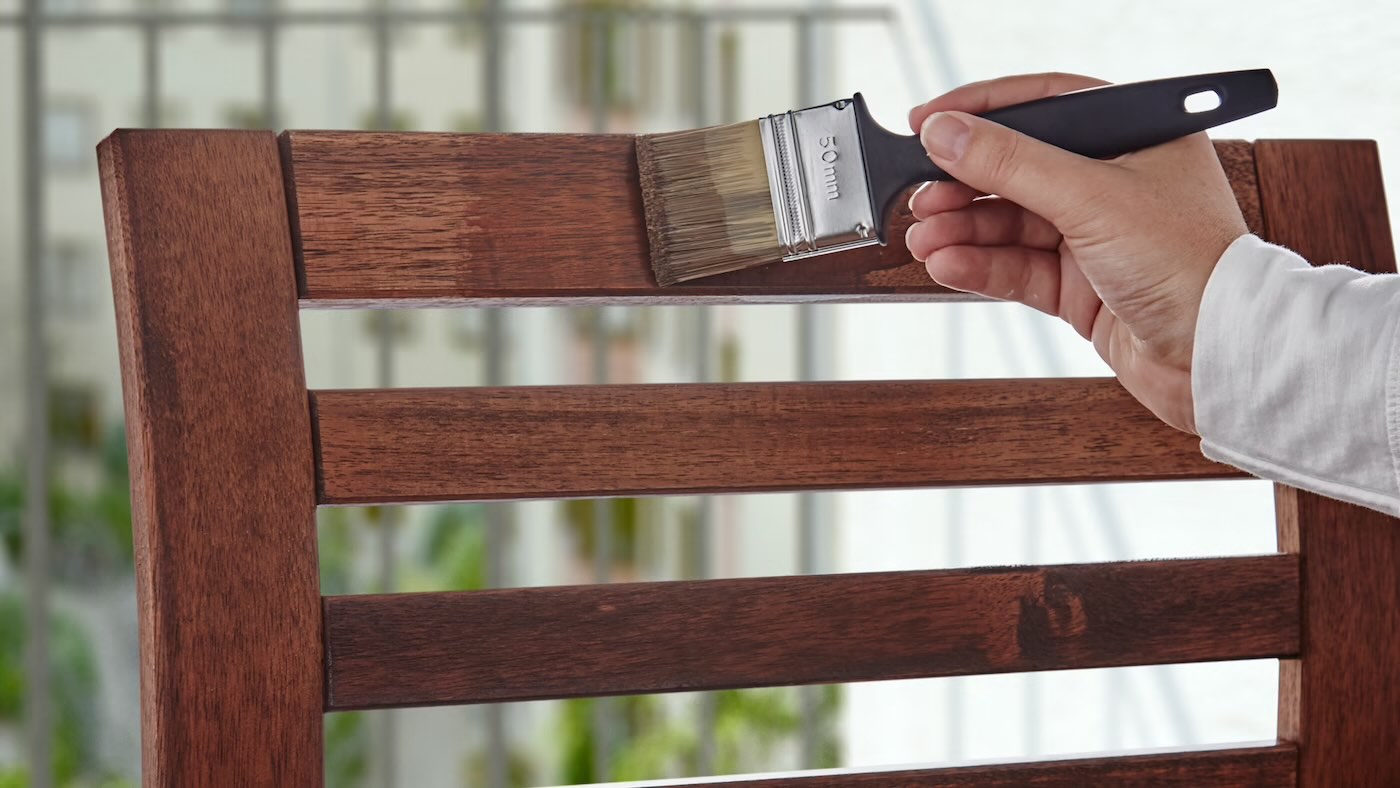
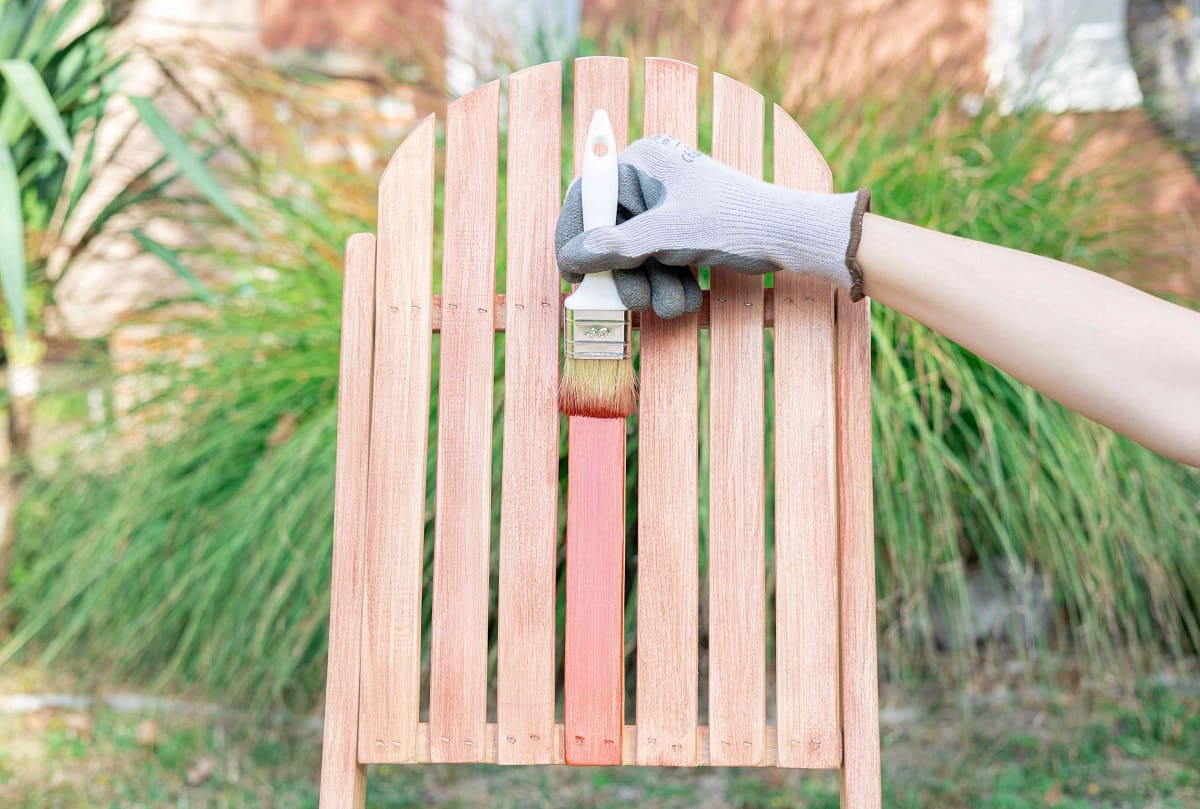
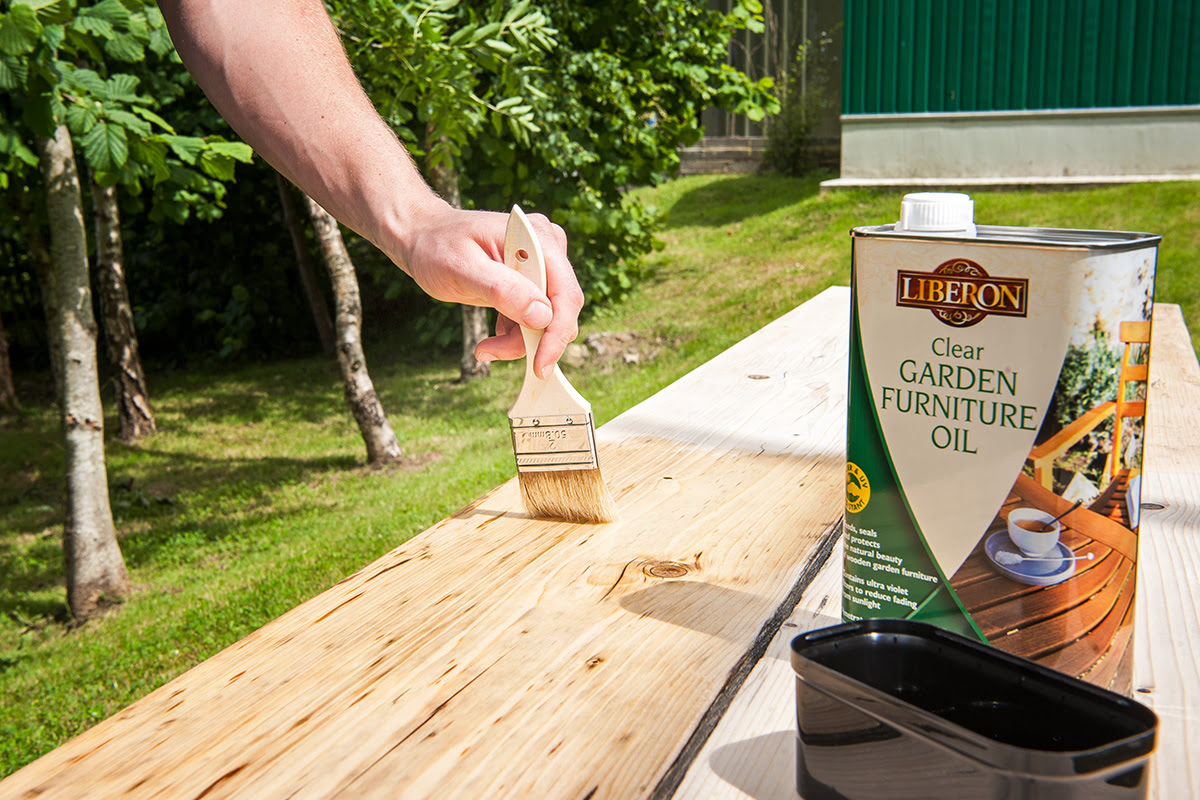
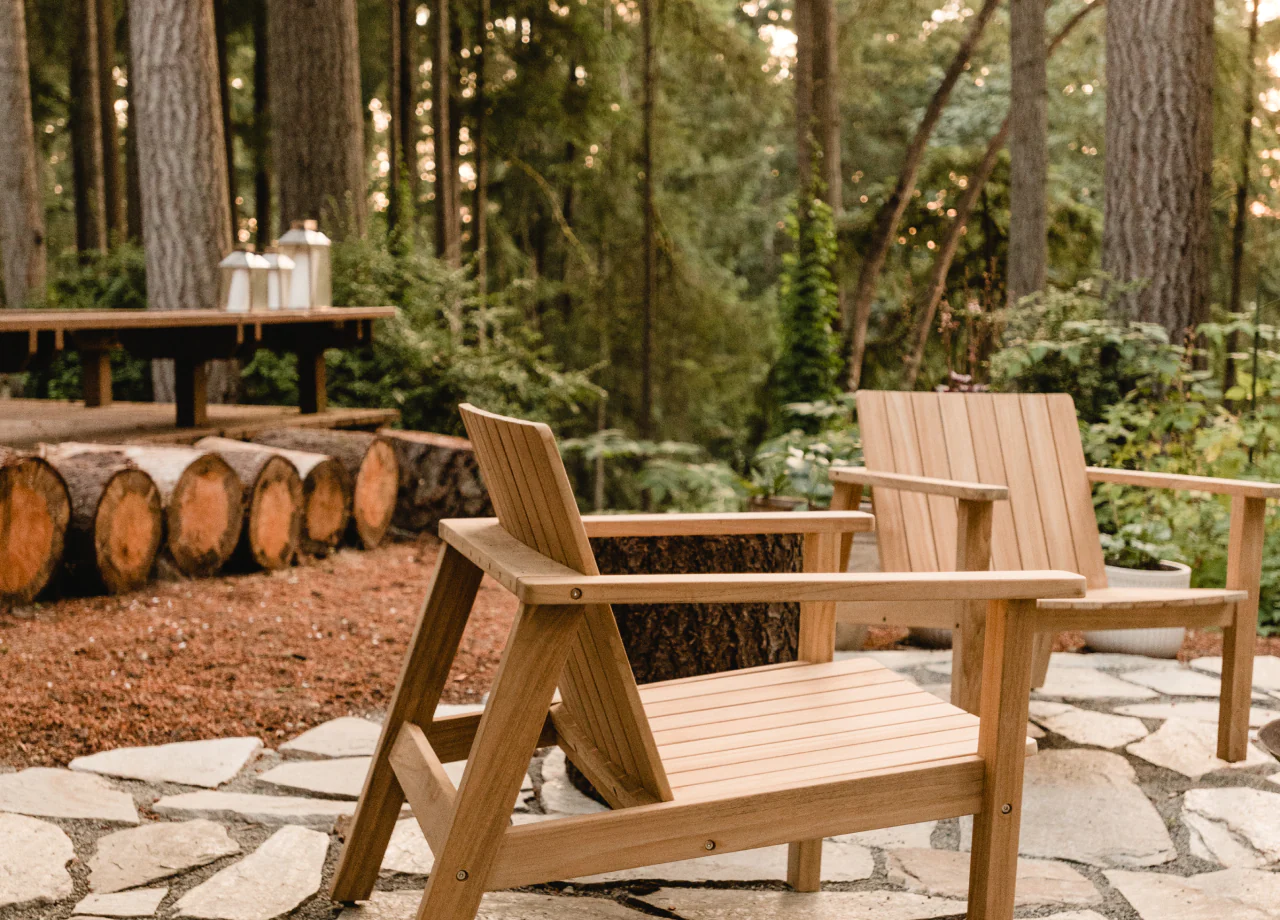
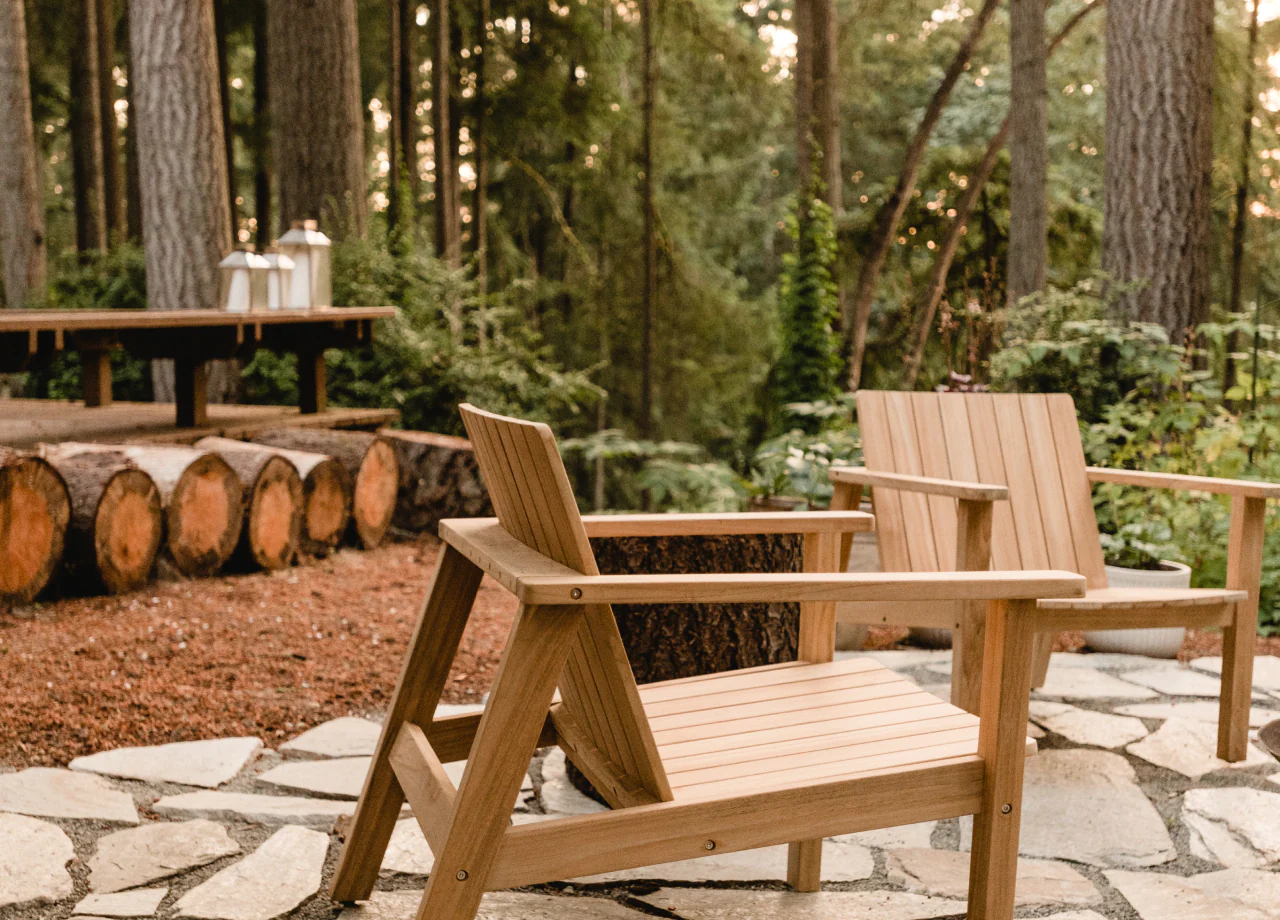
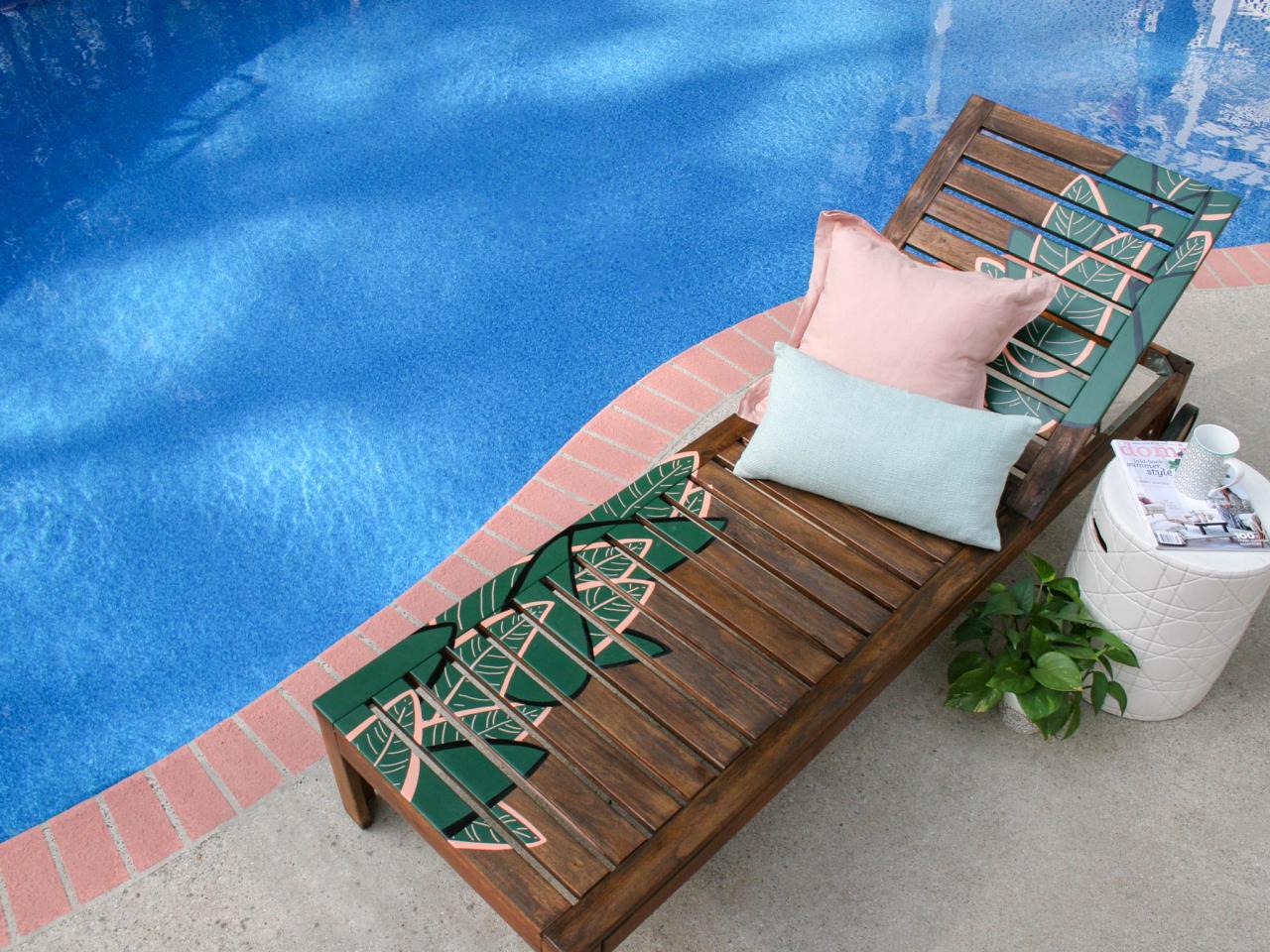
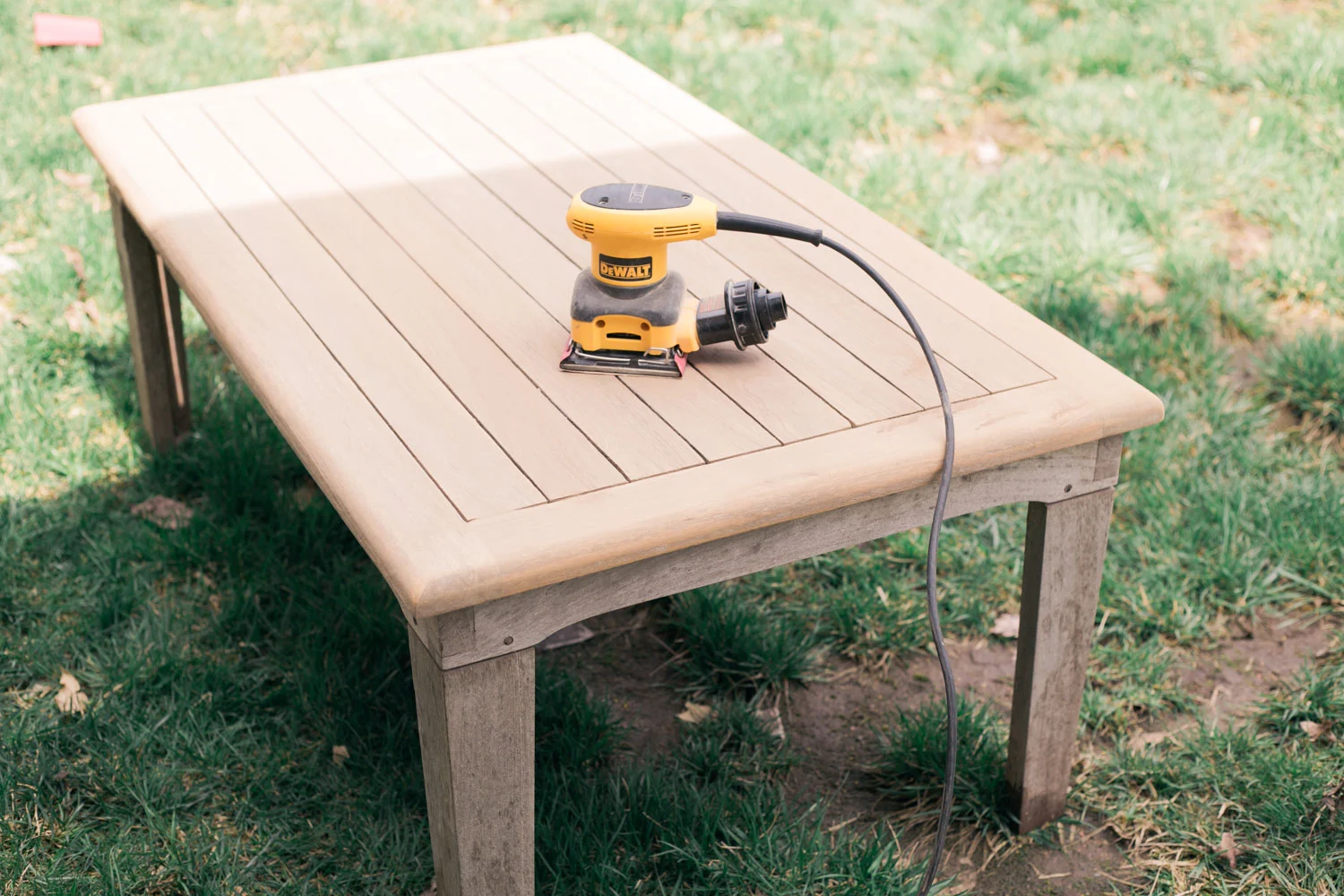
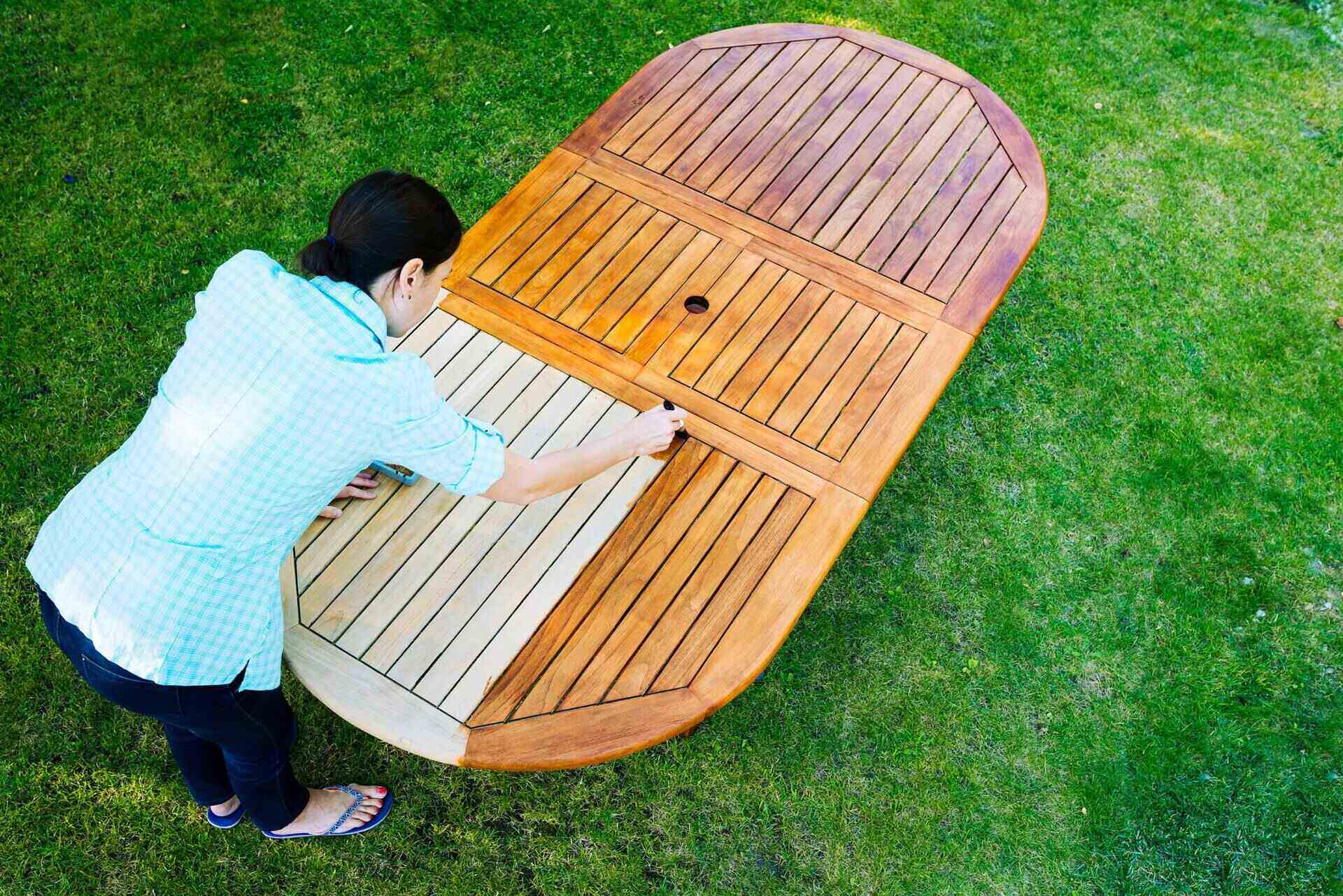
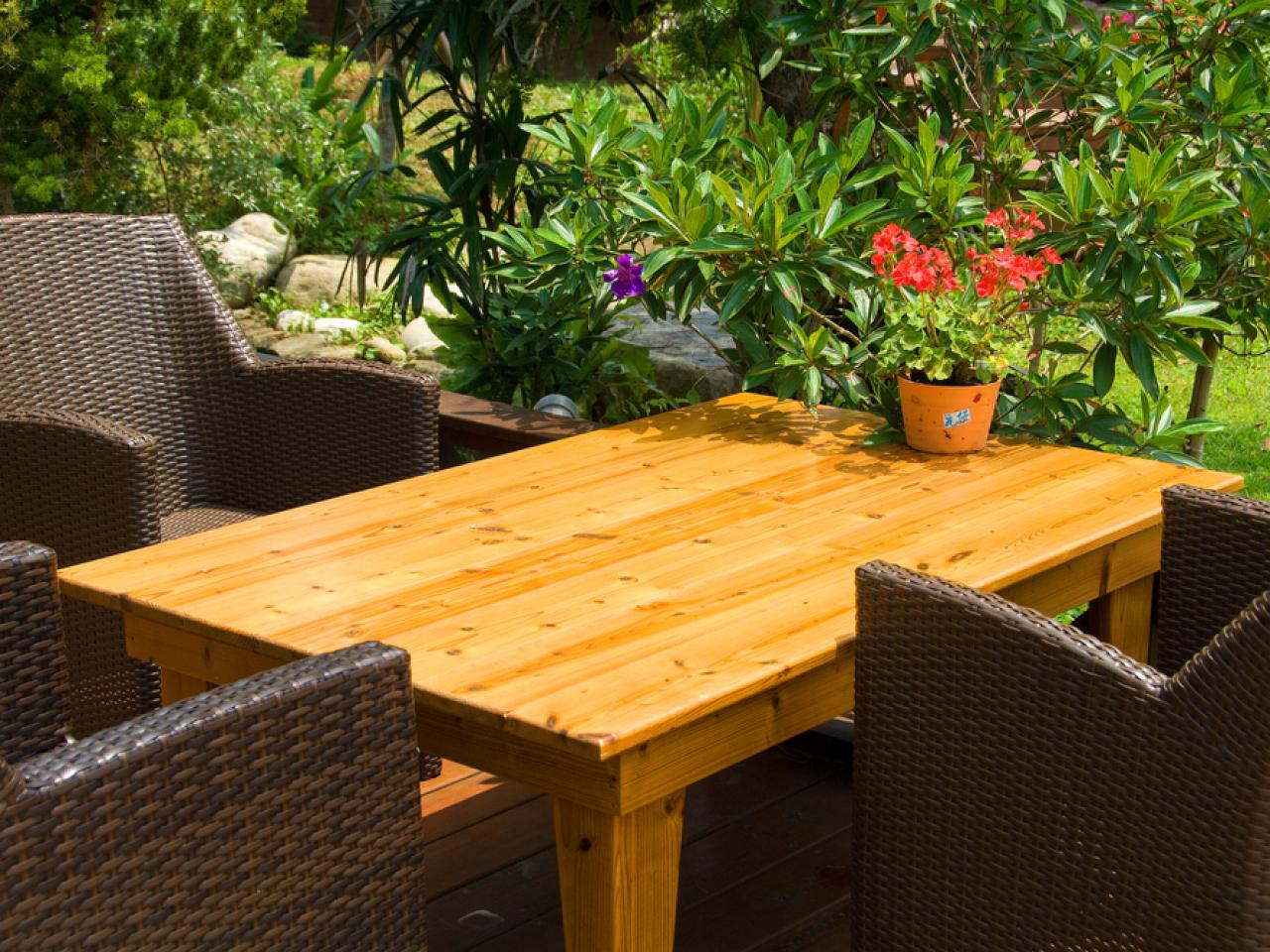
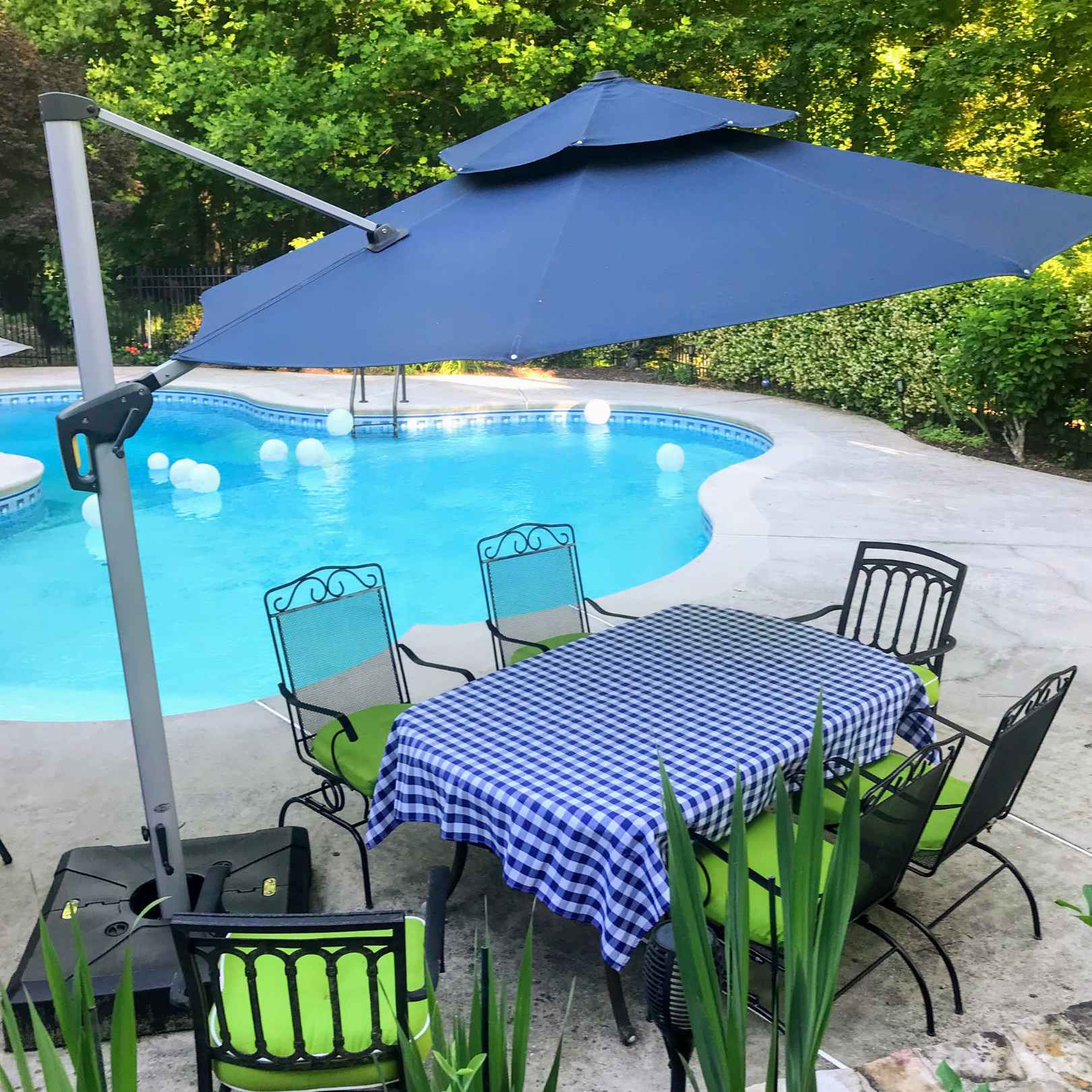

0 thoughts on “What To Seal Outdoor Wood Furniture With”